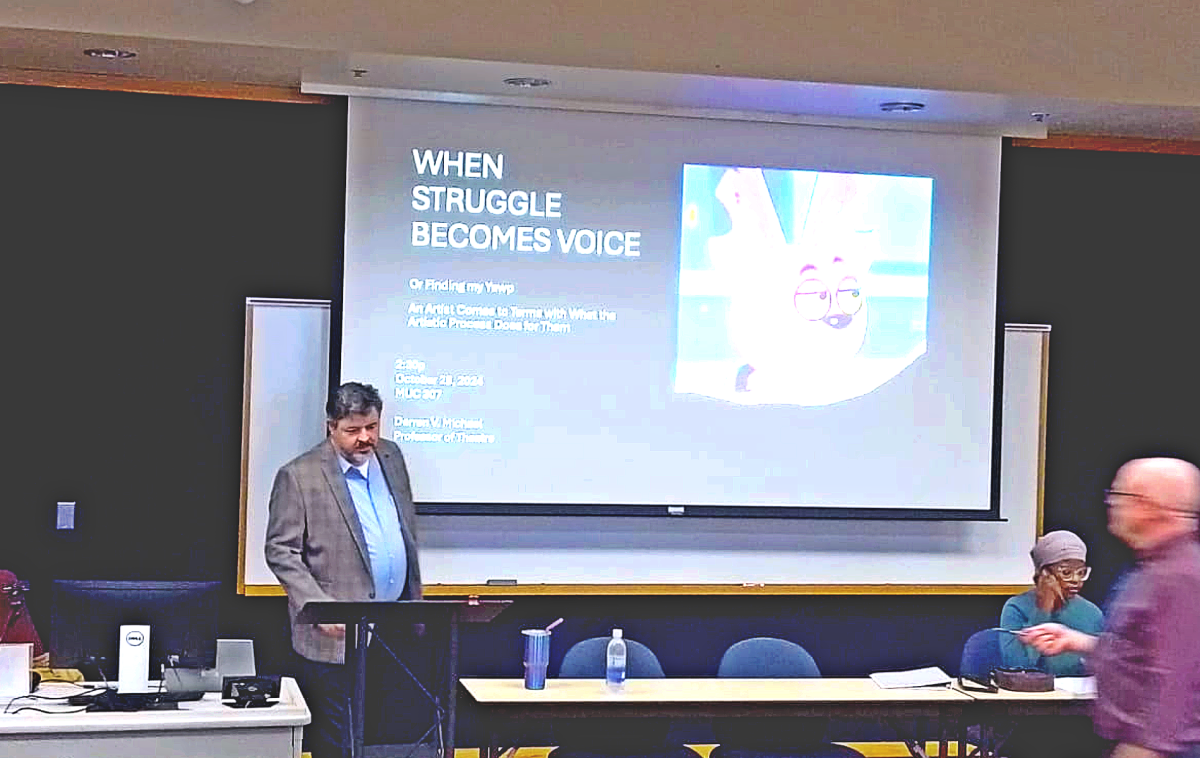There was once a time where Star Wars had an expanded universe through multiple different medias such as novels, comic books and of course video games.
These medias provided extended stories and introduced characters, timelines and events not seen in the films and provided fans with a large variety of lore for Star Wars.
Some of the most popular among these expanded universe titles are the Knights of the Old Republic series and the Jedi Knight series.
After Disney bought Star Wars from George Lucas back in 2012, almost the entire expanded universe has been retconned from canon and a majority of stories, characters and timelines outside of the movies or the 2008 Clone Wars TV series either no longer exist or have been altered by Disney to fit their own canon.
Content of the original canon is now dubbed under “Legends” continuity.
Included in Legends are the previously mentioned Jedi Knight game series, starting with the 1995 first person shooter title Star Wars: Dark Forces.
The series tells the story of Kyle Katarn, an ex-imperial turned mercenary who assists the Rebel Alliance in taking down the Galactic Empire and eventually learns the ways of the force and becomes a Jedi.
Although these stories are no longer canon, they still have a place in the franchise, especially Jedi Knight II: Jedi Outcast, released in 2002 for the Microsoft Xbox, Nintendo GameCube, Microsoft Windows and Mac OS X and it’s sequel Jedi Knight: Jedi Academy released in 2003 for the Xbox, Windows and OS X.
Both games have been re-released for the Sony PlayStation 4 and Nintendo Switch recently.
Jedi Knight II: Jedi Outcast takes place about eight years after Return of the Jedi, Kyle Katarn has cut himself off from the force after almost falling to the dark side and has returned to his mercenary lifestyle, aiding the New Republic.
Throughout the game, Kyle along with his longtime partner Jan Ors, fights against remnants of the Empire to aide the Republic, but are unaware of an even worse evil hiding within the shadows.
Jedi Knight: Jedi Academy takes place after the events of Jedi Outcast where players take the role of young Jedi in training Jaden Korr.
Luke Skywalker is now a Jedi Master and started an academy on Yavin IV, training a new generation of Jedi in hopes of restoring the former Jedi Order.
Katarn also returns as an NPC who teaches Korr throughout the journey as his master.
In the beginning of the game, Korr along with other students have been transported to the academy; however, as they arrived on the planet, their shuttle was taken down by an unknown “force.”
It was later revealed that the culprits involved were “The Disciples of Ragnos,” a Sith Cult worshiping an ancient Sith Lord named Marka Ragnos, who died almost 5,000 years ago.
The cult intends to bring Ragnos back to life with the use of ancient Sith magic.
Jaden, along with Katarn, his friend Rosh and other familiar allies, must work together to stop the cult before they revive the deceased Sith Lord.
Both games can be played in either first person or third person perspectives.
The player is given a variety of different weapons to choose from, including the lightsaber and a variety of different force powers to use.
The Switch version of the games offer gyro aiming support.
While Jedi Outcast offers standard force powers given to the player throughout the game, Jedi Academy offers a variety of different force powers with different effects for both light and dark sides.
Players can choose their own playstyle this way, they can either be fully light side, dark side or a balance of both.
In Jedi Academy, midway through the game, players can choose to upgrade to dual wielding two sabers at once or have a double bladed lightsaber, each offering different and unique playstyles.
Both games were well known for their lightsaber combat as it provided a variety of different styles and, unlike most games where lightsabers are treated like baseball bats, truly showcase the damage a lightsaber can do.
The game also has multiple endings.
Academy was well known for its multiplayer, which also returns in the re-release.
Although no longer canon, these classics still hold up today and are great games to look at and see Star Wars games during their prime.
With Episode I: Racer recently announced to be rereleased next, who knows what could be next on the table for classic Star Wars games?






